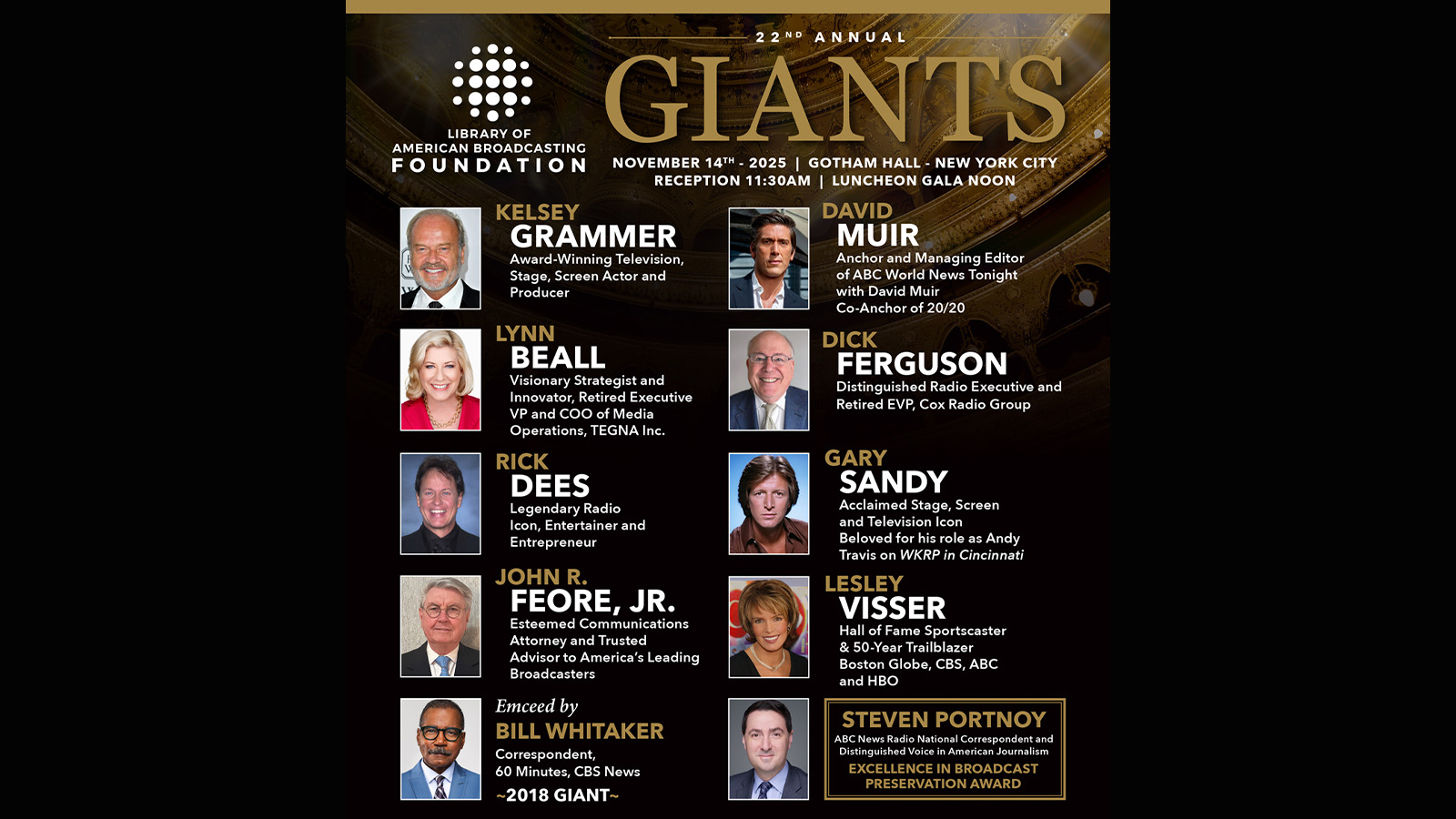Audio Monitoring in Today’s Complex Media Environment
New wave of equipment helps broadcasters cope
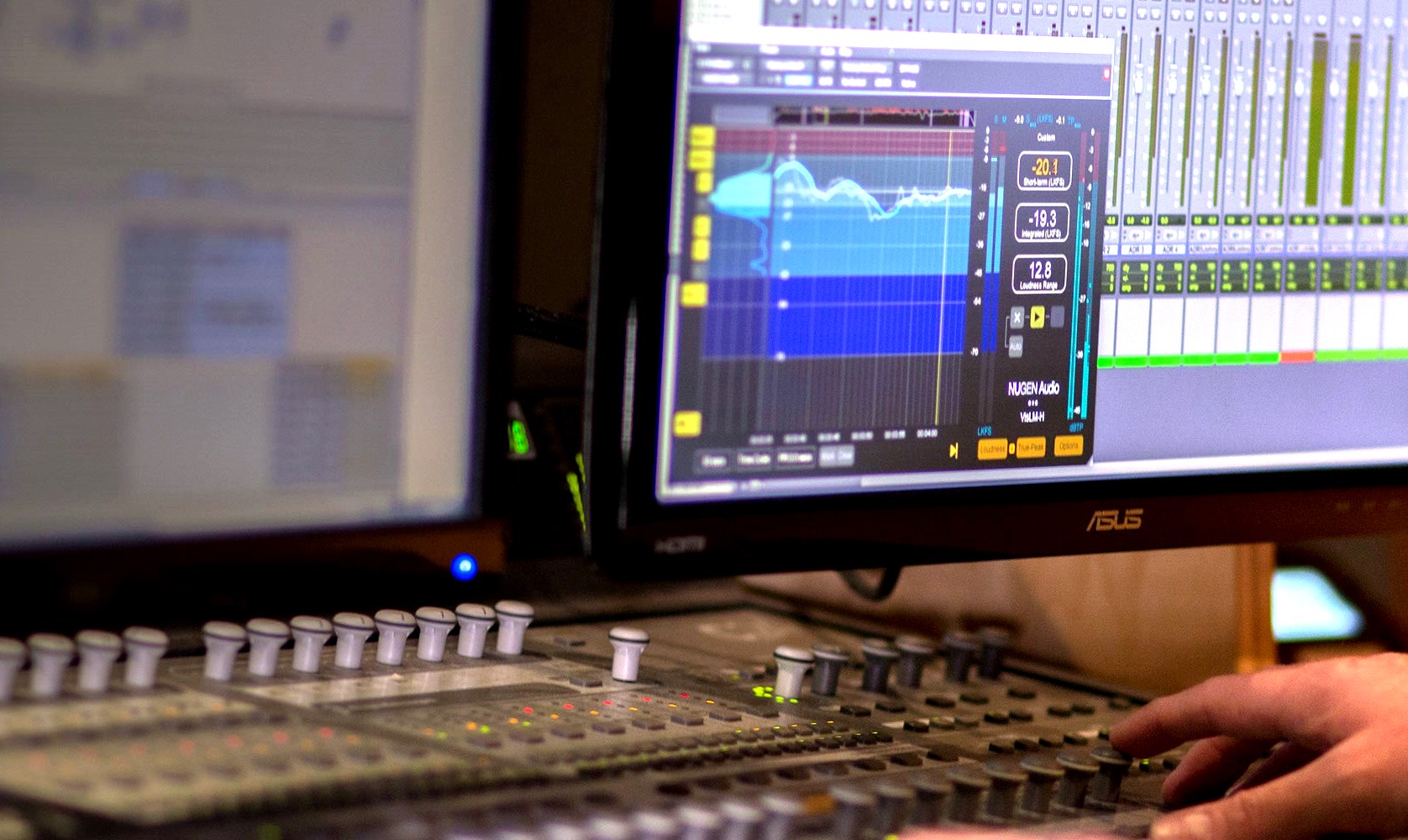
ALEXANDRIA, Va.—Some of us can remember when audio was regarded merely “as the poor step-child of video.” There was but a single channel to look after, and it passed muster if it met the aural equivalent of “it looks good leaving here” and the transmitter operator didn’t complain about carrier over-deviation.
But that was then, and this is now. Television audio in the 21st century is anything but a simple “step-child” that doesn’t need to be watched that closely.
Multiple Formats
Start with the increasing plethora of formats, according to Mike Waidson, application engineer at Telestream.
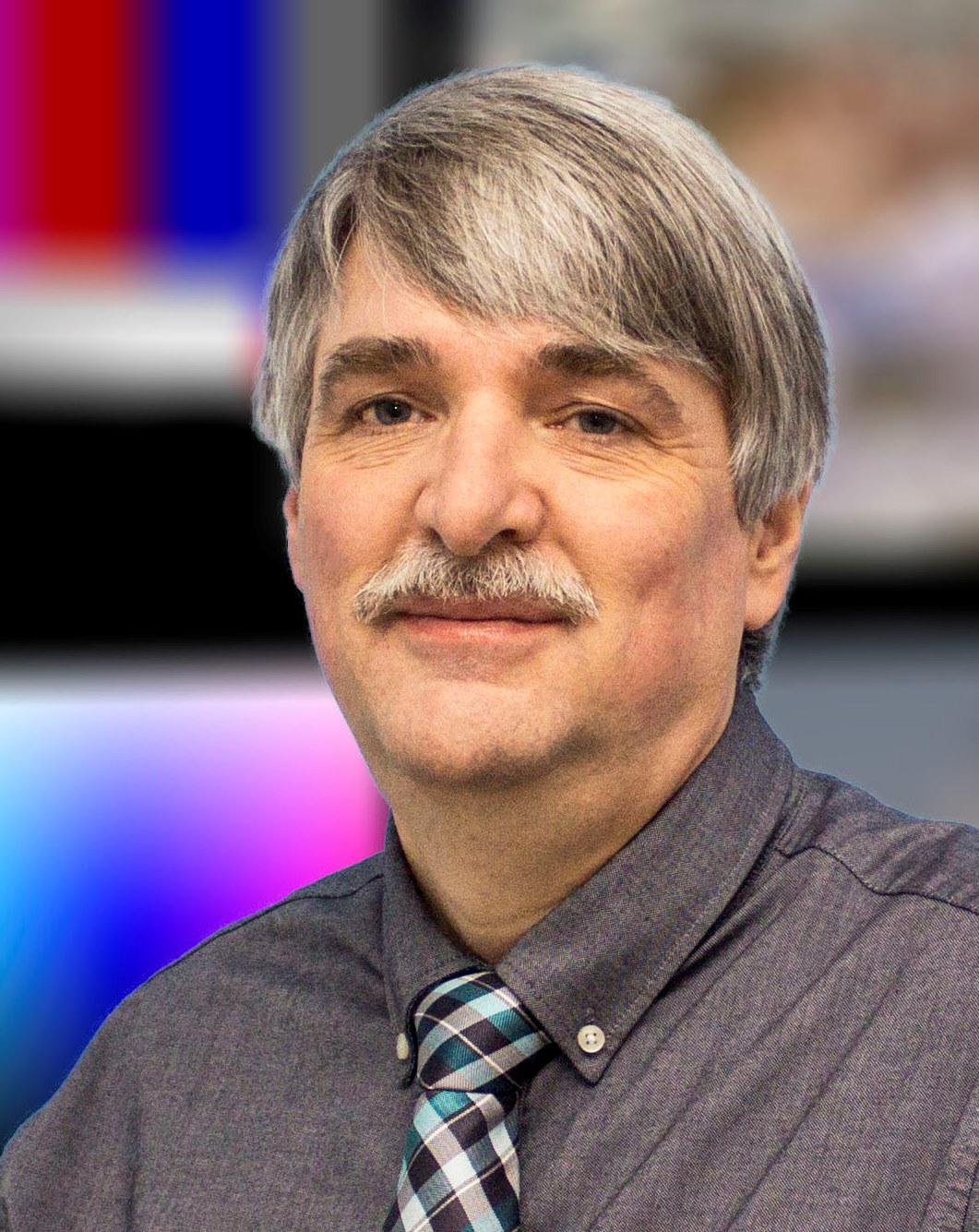
“Gone are the simple days of analog audio—we must now deal with digital PCM with one-to-many channels,” Waidson said. “These audio channels are distributed in multiple ways. Sometimes the audio is embedded in SDI. But it is now also carried as an audio stream in IP. To further complicate matters, the carriage in multiple file formats, whether uncompressed or compressed, is a common occurrence.”
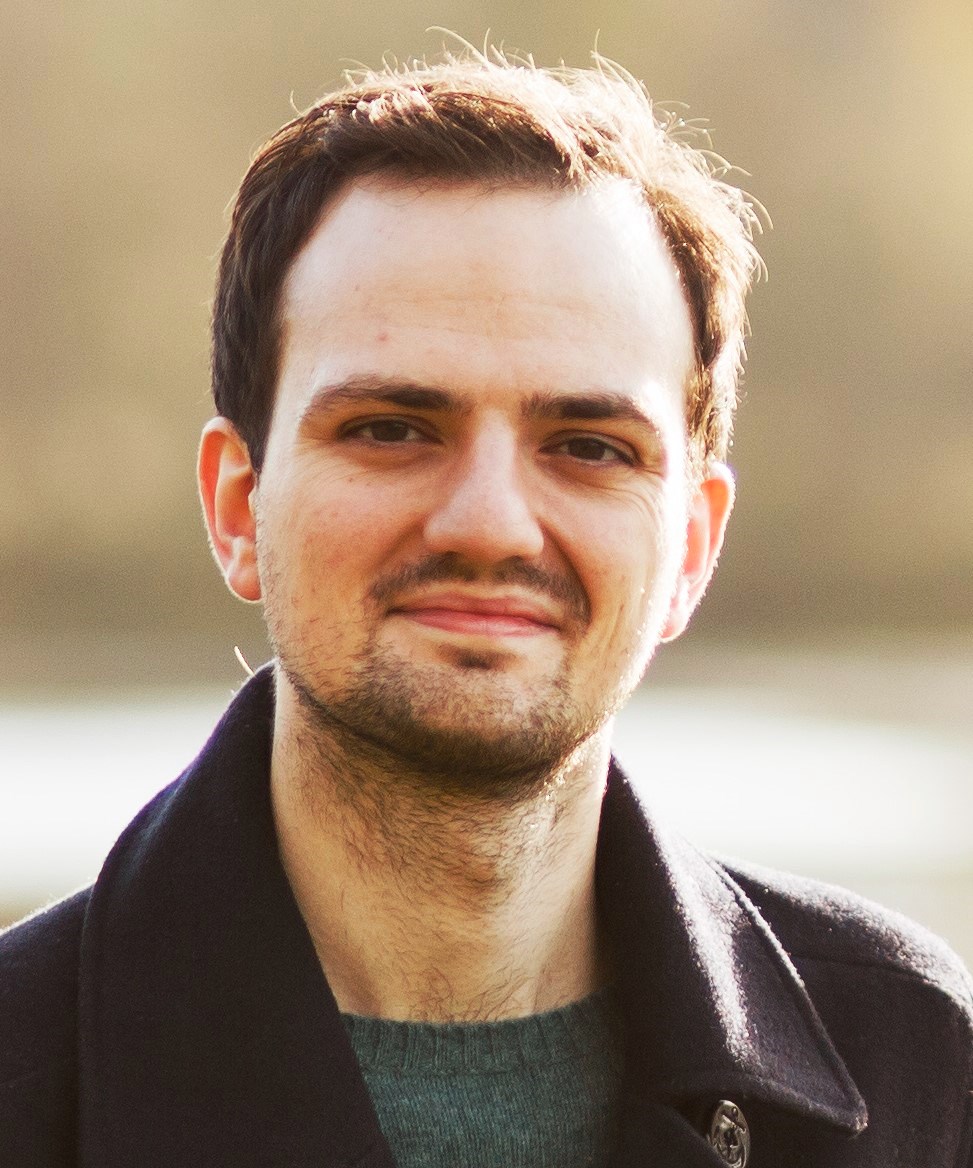
Berny Carpenter, audio product manager at TSL, agrees. “With the evolution of audio delivery formats, we have seen audio channel counts gradually increasing, particularly for marquee content, such as high-profile sports events,” he said. “What was stereo became 5.1, and now we’re seeing the next generation of audio delivery formats for broadcast which cater to immersive and personalized audio, including Dolby Atmos and Fraunhofer’s MPEG-H.
“The signal formats used in productions have gradually changed too,” he added. “Within the last two decades, SDI has gone from 1.5G (HD-SDI) to 3G, and now 12G is becoming more and more common.”
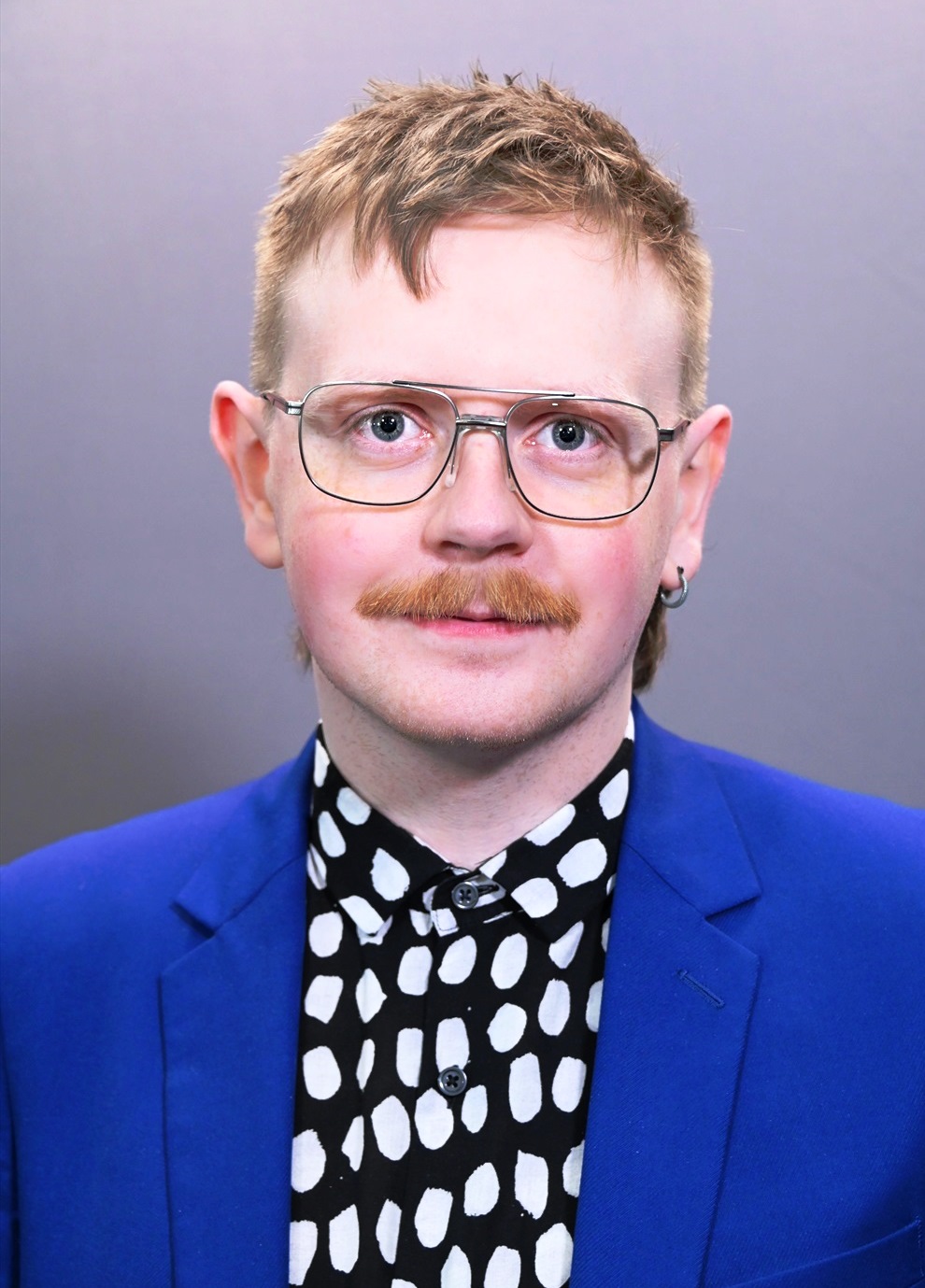
Like so many media tech solutions these days, “one size does not fit all” anymore, according to Freddy Vinehill-Cliffe, Nugen Audio product specialist.“People are consuming content in such a wide variety of environments, on such a wide variety of equipment, so in my opinion our biggest challenge is making sure the audio always translates. You want the dialog to be intelligible regardless of whether someone is watching on their laptop on a train using inexpensive earbuds, or watching in a home cinema with a finely tuned 7.1.4 setup.”
Meeting the Challenges
A common denominator in designing today’s professional audio monitoring gear for television is flexibility—the ability to expand or otherwise change monitoring capabilities as operations grow and requirements are added. Capability for updating existing capabilities or for unlocking initially unneeded features is also a big plus.
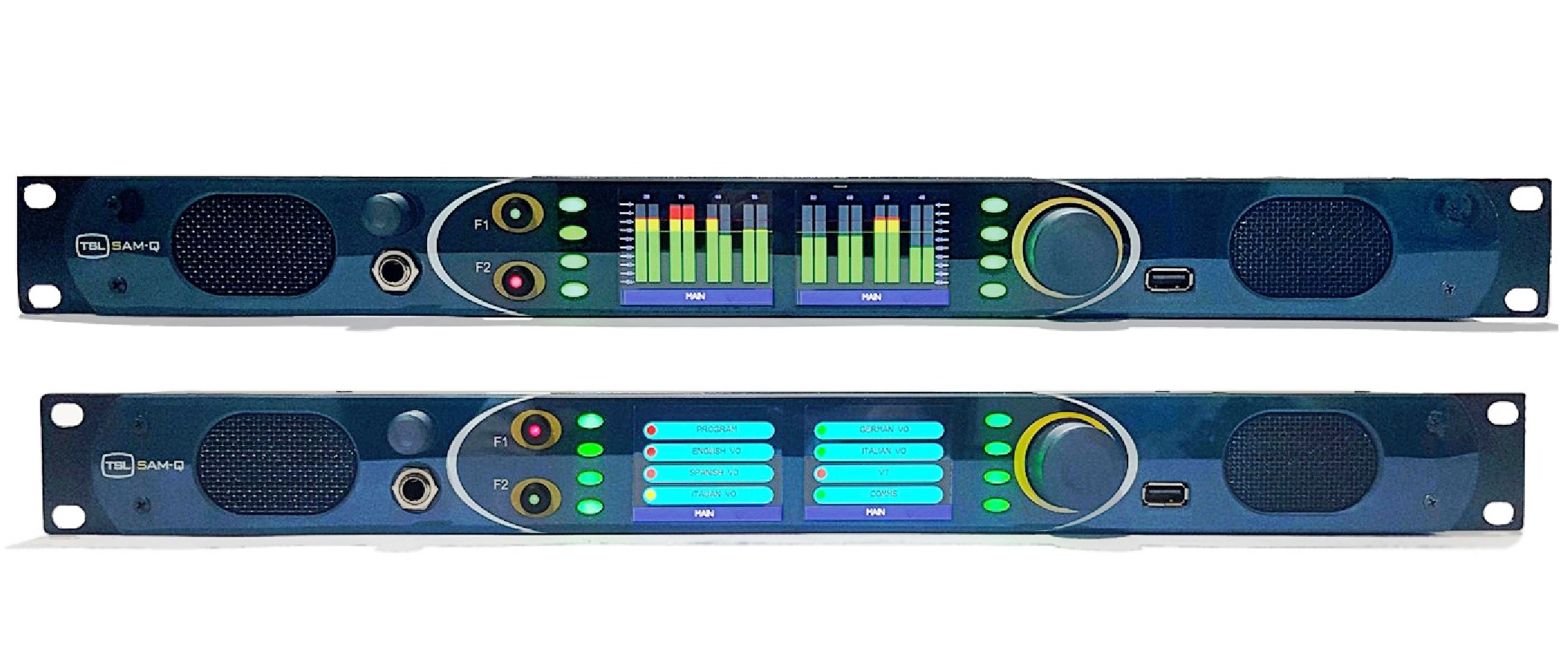
“Being able to future-proof an investment is obviously appealing for broadcasters, enabling them to reduce CAPEX and add capabilities to a product only if it is required at a later date,” said TSL’s Carpenter. “TSL’s audio monitors include connectivity options and software features as upgradeable items. The PAM-IP supports upgrades for both ST 2110 and Dante IP connectivity, whilst our SAM-Q range offers optional MADI connectivity and loudness functionality. All of these can be purchased with the unit, or retrospectively applied.”
Larry Schindel, senior product manager of TV Solutions at the Telos Alliance, is also an advocate of upgrading via software changes.
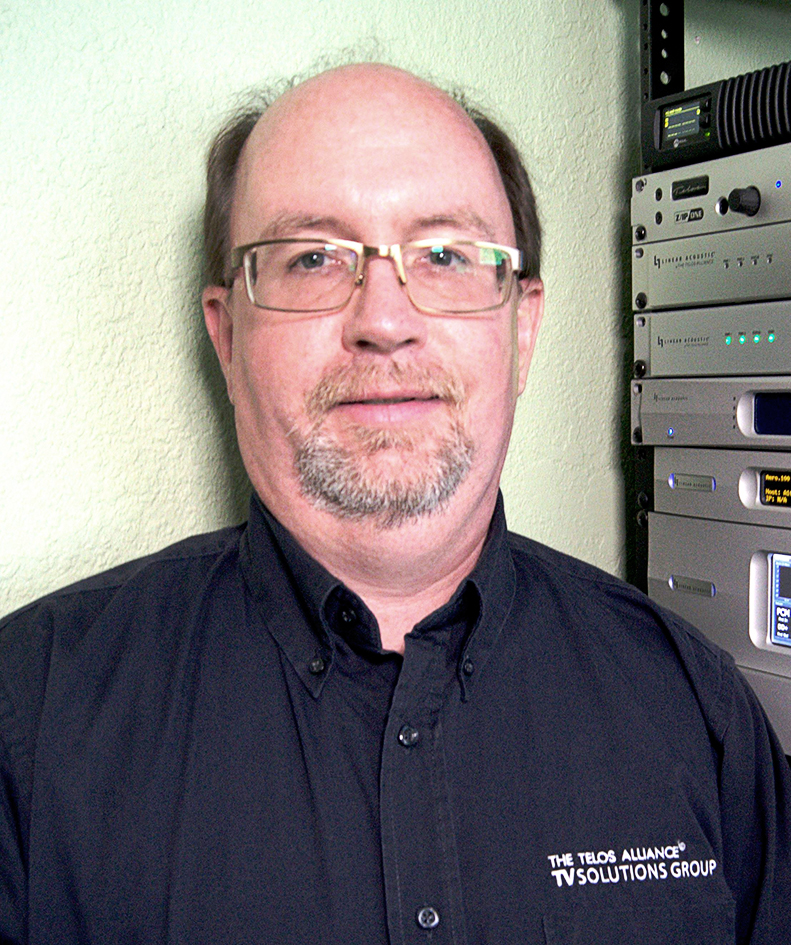
“Unless a monitoring unit is a basic stereo, analog, ‘speaker in a box’ type of unit, the modern monitoring devices are digital, sometimes even being a ‘PC in a box,’” Schindel said. “The nature of these digital devices today is that they are meant to be updated as new features are developed. All Telos Alliance units are designed to be updated as new software-based features are added and become available.”
Nugen’s Vinehill-Cliffe observed that product “agility” is not the only benefit derived with software-driven monitoring.
“The ability to work faster than real-time with software tools, Nugen’s VisLM or LM-Correct, for example, is also a major advantage,” Vinehall-Cliffe said.
“As it stands, our full Loudness Toolkit bundle already supports 7.1.2 audio, and this is also true of Halo Vision. Anyone who owns VisLM, LM-Correct or ISL v2.0 and above can already upgrade to v2.9 for free. Many of our updates are free, and even when issuing a paid update we offer discounted upgrade paths for existing owners.”
In addition to monitor future-proofing, Wohler CEO Makarand Karanjkar described another “plus” that can come with software architecture: increased functionality within a single “box,” something that’s especially welcome in crowded racks found in smaller control rooms and production vehicles.
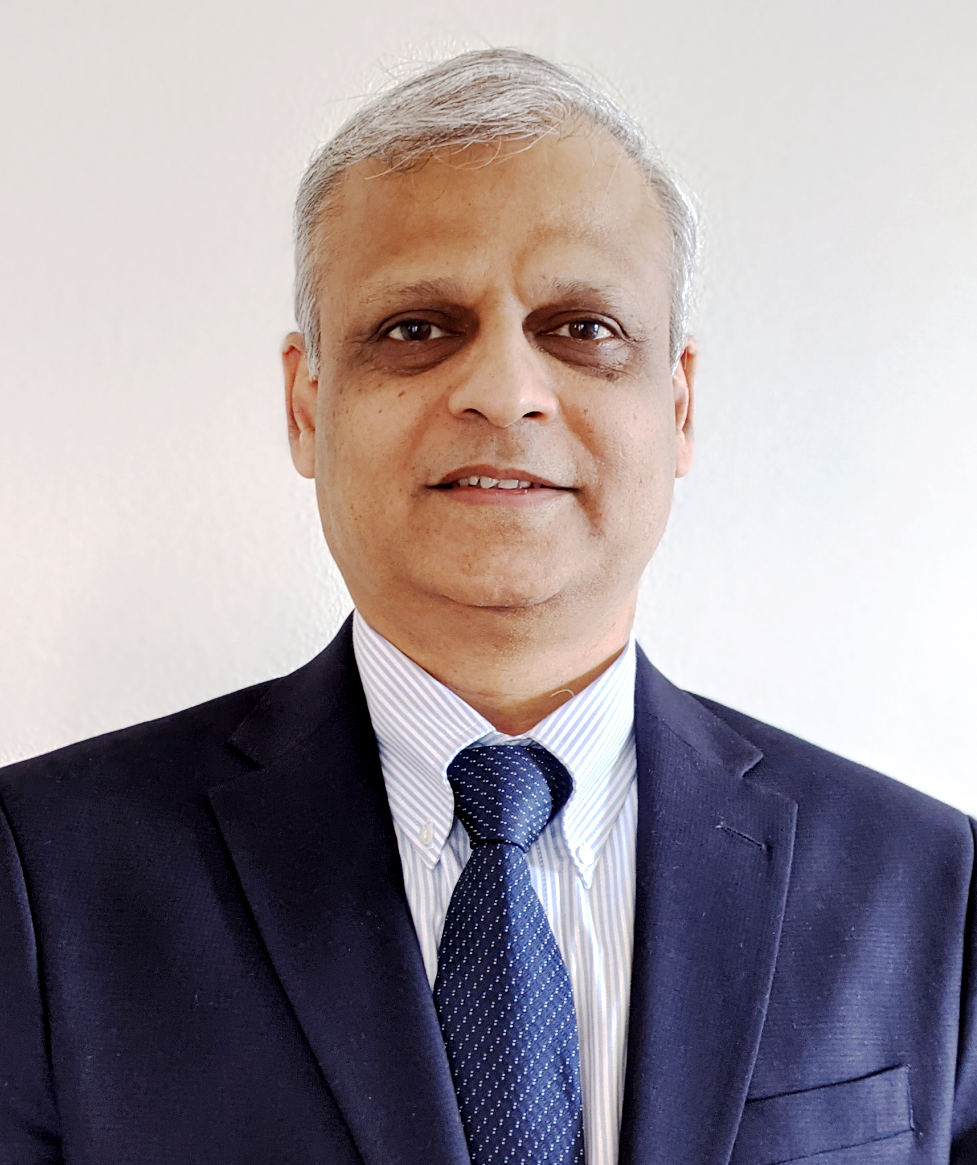
“The rapid evolution of signal types, whether Dante, Ravenna, ST2110, ST2022-7 or Dolby ATMOS, coupled with various mezzanine compression formats like JPEG2K for backhauls, or HEVC for distribution, is driving the need for multifunctional hardware, with software that can upgraded to meet evolving needs,” he said.
And the Beat Goes On…
As ATSC 3.0 broadcasting continues to roll out, it brings with it additional requirements, even one for which a standard has yet to be developed. “We anticipate the need to support multiple audio codecs for ASTC 3.0, and our iVAM series of products are well equipped to support emerging technologies like Dolby AC4 in the future,” said Wohler’s Karanjkar
“With the additional height channels and personalization objects in next-generation audio formats there is more to measure than ever before.” said TSL’s Carpenter. “As an example of how TSL can help broadcasters with this requirement, the SAM-Q range allows for up to eight simultaneous programs [each up to 9.1.4] to have loudness measured, logged and a downmix can be monitored through the unit itself.”
Telos Alliance’s Schindel notes that for broadcasters moving to ATSC 3.0, audio monitoring specifically for the advanced broadcast format may not be necessary.
“Most broadcasters who are launching ATSC 3.0 services today are doing a simple simulcast of what’s on their ATSC 1 service, so other than wanting a monitor which can decode Dolby AC-4… there isn’t much new that they need, yet,” he said. “Dialog Enhancement is an inherent part of Dolby AC-4, so really any AC-4 decoder should be capable of supporting this function, but looking forward, broadcasters will want monitors that support Dolby Atmos and personalized audio which ATSC 3.0 is capable of supporting.”
“The challenge for the broadcaster is to deal with another compressed audio format, AC-4,” said Telestream’s Waidson. “While this offers…the ability to carry multiple streams with more audio channels, it requires equipment to support these formats.”
Nugen’s Vinehill-Cliffe noted that some of this equipment has yet to be developed.
Currently there is no standard for calculating or measuring the loudness of object-based audio, which poses a problem."
Freddy Vinehill-Cliffe
“It’s great that the ATSC 3.0 spec includes support for object-based audio,” he said. “But currently there is no standard for calculating or measuring the loudness of object-based audio, which poses a problem. Once a loudness standard has been developed… broadcasters will need monitoring tools which can support the new standard. This is something which we at Nugen are looking towards tackling.”
Television audio monitoring has certainly come a long way from one simple VU meter. Perhaps it’s fitting to resurrect an old saying and add a corollary:
“There’s no rest for the weary—particularly if you’re an audio monitor designer.”
Get the TV Tech Newsletter
The professional video industry's #1 source for news, trends and product and tech information. Sign up below.
James E. O’Neal has more than 50 years of experience in the broadcast arena, serving for nearly 37 years as a television broadcast engineer and, following his retirement from that field in 2005, moving into journalism as technology editor for TV Technology for almost the next decade. He continues to provide content for this publication, as well as sister publication Radio World, and others. He authored the chapter on HF shortwave radio for the 11th Edition of the NAB Engineering Handbook, and serves as editor-in-chief of the IEEE’s Broadcast Technology publication, and as associate editor of the SMPTE Motion Imaging Journal. He is a SMPTE Life Fellow, and a Life Member of the IEEE and the SBE.

